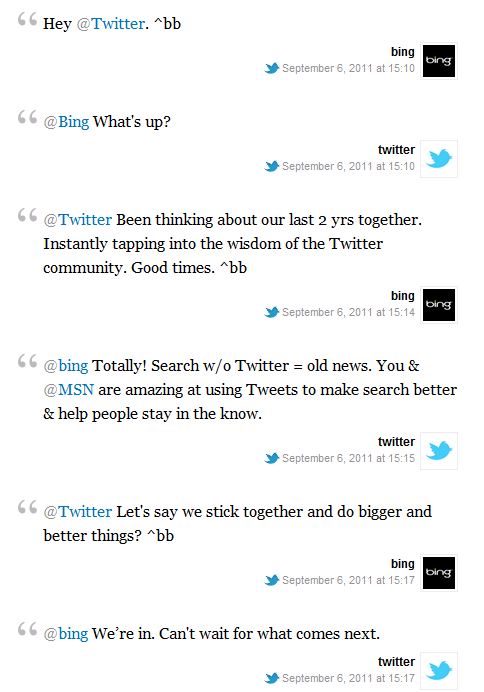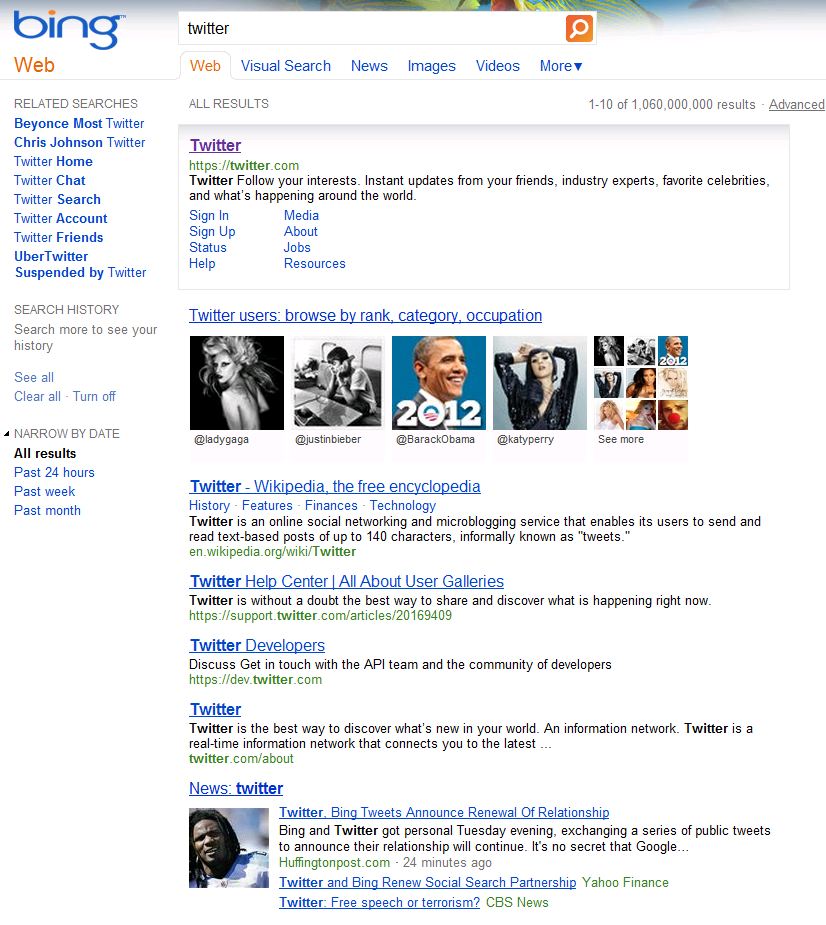Google+ has been on quite a ride in its first 6 weeks of existence. It obtained
10 million users in just two weeks and is now said to have over
20 million users. The overall reaction has been positive, but since the platform is currently invitation-only, the early adopters have mostly been the tech savvy crowd.
First Impressions of Google+
Everyone knows that first impressions are vital, so how did Google+ do? WebProNews posed this question to numerous search and social media leaders and received a variety of responses.
Loren Baker, the Vice President of Services at
BlueGlass, told us that Google+ felt like a “private version of Facebook” but with a better user interface. He also pointed out that it had given people the ability to “reset” as far as selecting who to include in circles and who not to include.
When Facebook opened to the general public, most users tried to get as many friends as possible regardless of whether a relationship existed or not. Baker believes that people have gotten smarter now and are using Google+ more selectively.
Social media speaker and author
Mari Smith added that there seemed to be a “different vibe inside Google+” since users were sharing more and having “more thoughtful conversation.”
One interesting aspect that
Lee Odden, the CEO of
TopRank Online Marketing, noticed was that it appeared to be a big traffic driver. What’s even more interesting is that the amount of time that users spent on his site to read the post he had shared was 4 times the amount that people were staying when they came from Facebook or Twitter. He said that this data was especially noteworthy since Facebook and Twitter were usually strong sources of quality traffic.
Google Makes Progress in Social
Although Google has struggled to get into the social space, Google+ appears to be its golden ticket. As many people have pointed out, the platform looks very similar to Facebook and has similar sharing aspects as well. However, it seems to flow more like Twitter.
At this point, it looks like Google+ is trying to re-produce the features that users favor on the other networks, expand on them somewhat, and also capitalize on their shortcomings.
Steve Rubel, the EVP of Global Strategy and Insights for
Edelman, told us that these developments have created a different type of social experience that is peaking the interest of users.
“This is their first entry that they’ve had that is really serious [and] that people are really using a lot,” he said. “It’s a very open approach that I wish others would take.”
On the other hand,
Li Evans, the CEO and Co-founder of
LiBeck Integrated Marketing, told us that, while Google+ is a better attempt at social than its previous efforts, its value proposition is still lacking.
“What is the value proposition? What do I get from Google+?” she asked.
She went on to say that, at this point, she did not see the same value on Google+ that she sees in Facebook and LinkedIn.
Google+ Vs. Facebook, LinkedIn & Twitter
Because of the positive feedback that the platform has gotten, it is only natural that people are questioning how Google+ will faceoff against the other social networks. Tech analyst
Rob Enderle recently told us that
Facebook had an advantage over Google+ since it had the majority of users.
But, as we all know, Myspace was the biggest social network when Facebook began. Enderle indicated that, if Facebook wasn’t careful, it could fall to Google+, just as Myspace did to it.
While
Barry Schwartz, the CEO of
RustyBrick, speaks very highly of Google+, he doesn’t think that Facebook has anything to worry about.
“I don’t think Google+ will kill Facebook going forward, I think, Facebook will still be very strong… probably the strongest player in that market,” he said.
Rubel doesn’t see Facebook dying to Google+ either. He thinks it has promise but said he had some doubts too.
“There’s no doubt that it’s going to be a strong #3 or #4,” said Rubel. “Whether it goes mainstream… the jury’s out. I don’t see that happening so fast.”
Smith also agreed that Facebook should not be worried about Google+. She did, however, say that, while it would always be an important player, she could see Facebook losing its #1 spot in the social space.
“If Facebook could just launch a powerful search engine, it would be fierce competition right back at ya for Google,” she said.
She went to say that Twitter, even though it needed improvements, was also a valuable product that would not likely fall to Google+.
Odden believes that Twitter is very effective as well for both business and personal usage. He explained to us that the propagation that happens on Twitter is very different that the closed environment of Google+
“Google+ is all about Google,” he said. “It’s not about propagating externally so much, whereas Twitter, is completely wide open.”
He did add that, if Twitter and Facebook were smart, they would find ways to work with Google+.
Incidentally, Facebook has seemingly responded to Google+ with its group chat release and video chat feature. It also announced a new page called
Facebook for Business, which some believe was to counter Google’s shut down of business accounts.
When Google+ does roll out its business option, Baker told us that he could see it having a “competitive advantage” over Facebook if it incorporates Google products such as Deals, Latitude, and Places. He also said that if Google+ is fully integrated into mobile devices and Android, it could have the same penetration that Gmail has. Since Android
dominates the mobile market, he thinks that Google+ has the potential to grow exponentially.
Wishlist of Further Development
Despite its extensive growth rate, Google+ has had its problems in its short existence. There have been privacy concerns in regards to
user names, and there was also disappointment that the service launched without support for many Google Apps. The lack of business product was, of course, another basis for complaint.
So, what else would people like to see from Google+? Baker told us that he has had issues with Google+ since he has both a personal Gmail account and an apps Gmail account. For this reason, he would like for Google to converge the two accounts together.
On the topic of search, he said he would like more integration of Google+ into the search results. He suggested that Google cater search results based on each users’ Circles.
Evans and Odden both told us they would like to see more sharing capabilities. Rubel also said that the mobile experience has to improve. He would like to have Hangouts move beyond 10 people as well.
Smith believes that Sparks needs a lot of work. Additionally, she wants Google to allow developers to have access to its API in order to create tools and other features on top of the platform.
Odden said he understood that Google was trying to produce a product especially for businesses, but he thinks that, in the mean time, businesses should be allowed to have a profile. As he explained, Google could then give them a migration tool to transfer information, once a business option is available.
Google definitely has a ways to go, but it’s clear that the company is dedicated to Google+ and succeeding in the social space.
“Google has not said this is a fully baked product,” said Rubel. “They’ve said it’s a field trial patience is a virtue.”
Story Link :
http://www.webpronews.com/google-makes-splash-in-social-sector-but-will-it-last-2011-08



 8:12 PM
8:12 PM
 prembaweja
prembaweja
 Posted in:
Posted in: 







